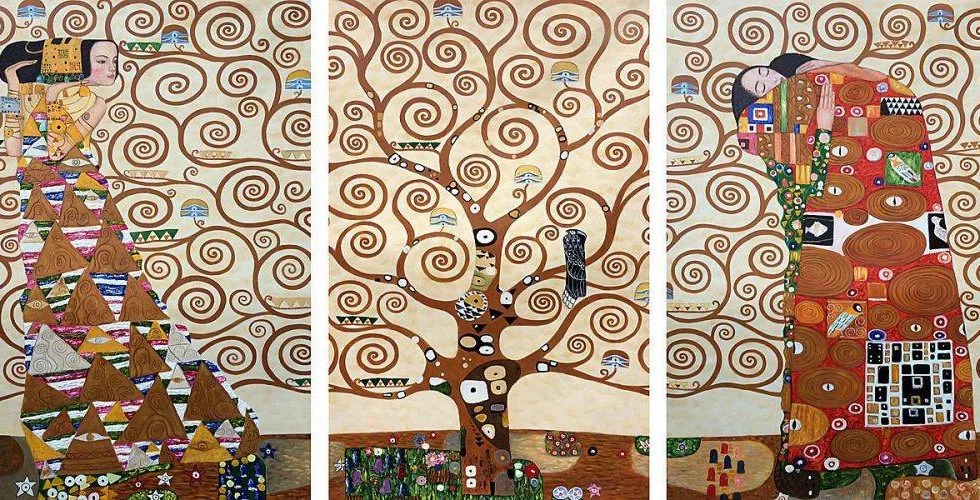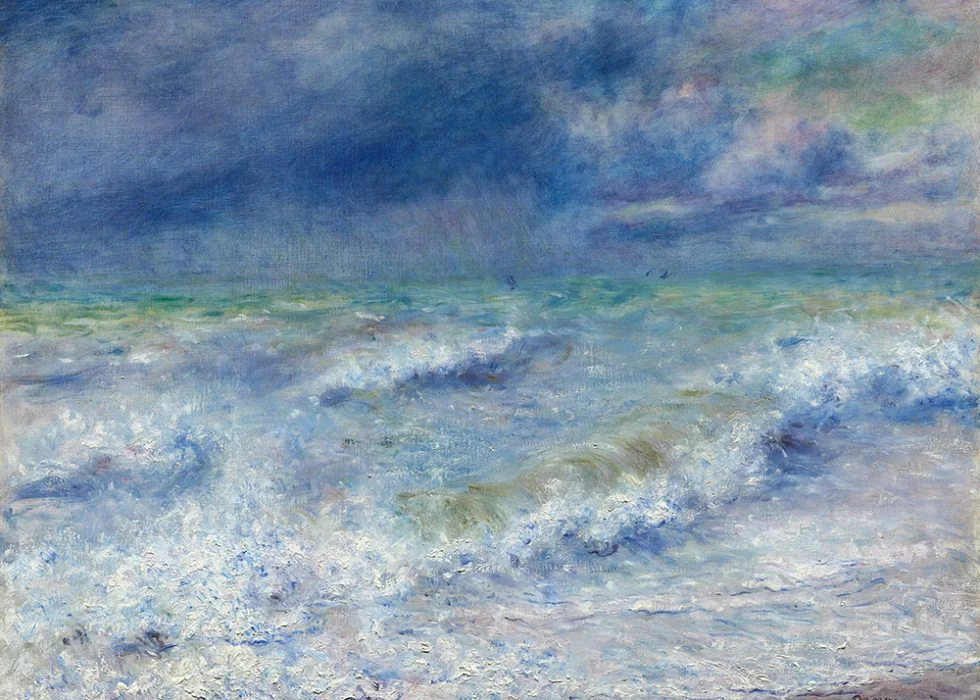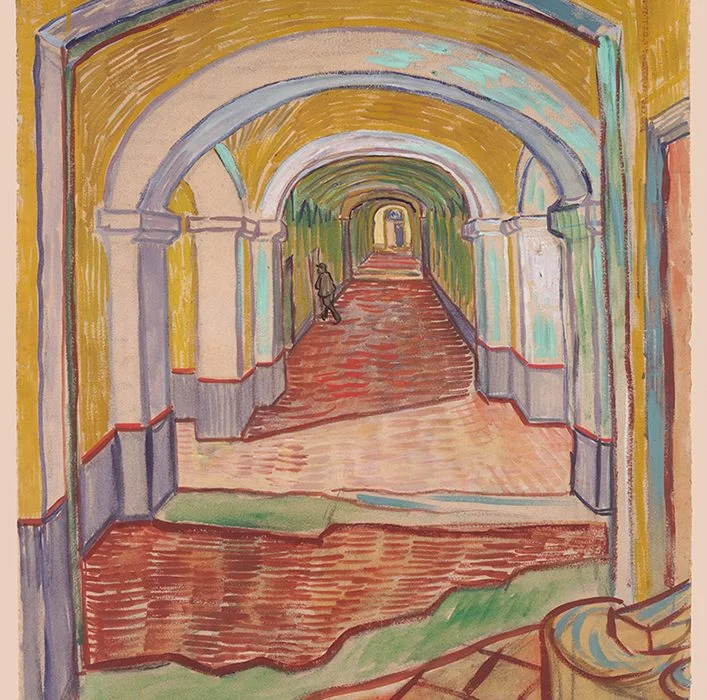Self-Knowledge • Fear & Insecurity
One of the More Beautiful Paintings in the World…
Hans Memling was a Flemish 15th century artist (1430 – 1494) who worked mainly in Bruges, painting – as one did at the time – a mixture of portraits of the local aristocracy and religious scenes for nearby churches. Then, around 1480, when he must have been in his early 50s, he completed A Virgin and Child with Two Angels – which has a good claim to be counted among the most tender, kind and tear-provoking paintings ever made.
It hangs in a generally ignored room in Madrid’s Prado Museum, where it doesn’t shout loudly for humanity’s attention. But if we spend a few moments in its company, we may be cracked open. The painting works well enough if we believe in the supernatural story at hand, if we trust that we’re truly seeing the son of god and his divine unblemished mother, but it may be more powerful still if we don’t believe in it one bit – but perhaps at some level so deeply wish we could.

It’s then we can properly admire just how beautiful this particular young mother happens to be, despite her distinctly unfashionable and un-contemporary appearance; her rather high forehead, pale skin and narrow mouth. Her face is serious without being solemn, delicate without being fragile, high-minded without prudishness. She’d know what it is to be at odds with boisterousness, ambition and viciousness, but would maybe still have room to acknowledge life’s joys and absurdities. The baby is as much of a champion: curious, introspective, warm-hearted, plump cheeked and (to scroll back to the theological story) quietly intent on redeeming the sins of human kind, represented by that apple from the angel.
A lot has been written on what art might be for. In Memling’s hands the answer seems rather simple: to stir parts of us that have been left unattended by the tension and stoicism of our day to day routines, to reawaken us to the intensity of our longings for dignity, calm and love; to make us a little more reflexive and, for a time at least, kind. We might want to cry at the picture because it is so far from who we manage to be while capturing something essential of where we truly belong; a portrait of our real selves in exile.
We see a lot of things every day and most disappear from memory at once. We’ll be on the path to somewhere solid if we can take a moment to acknowledge Memling’s masterpiece and the unpretentious grandeur of its unusual lady, her child and their small flower-decked garden.


























